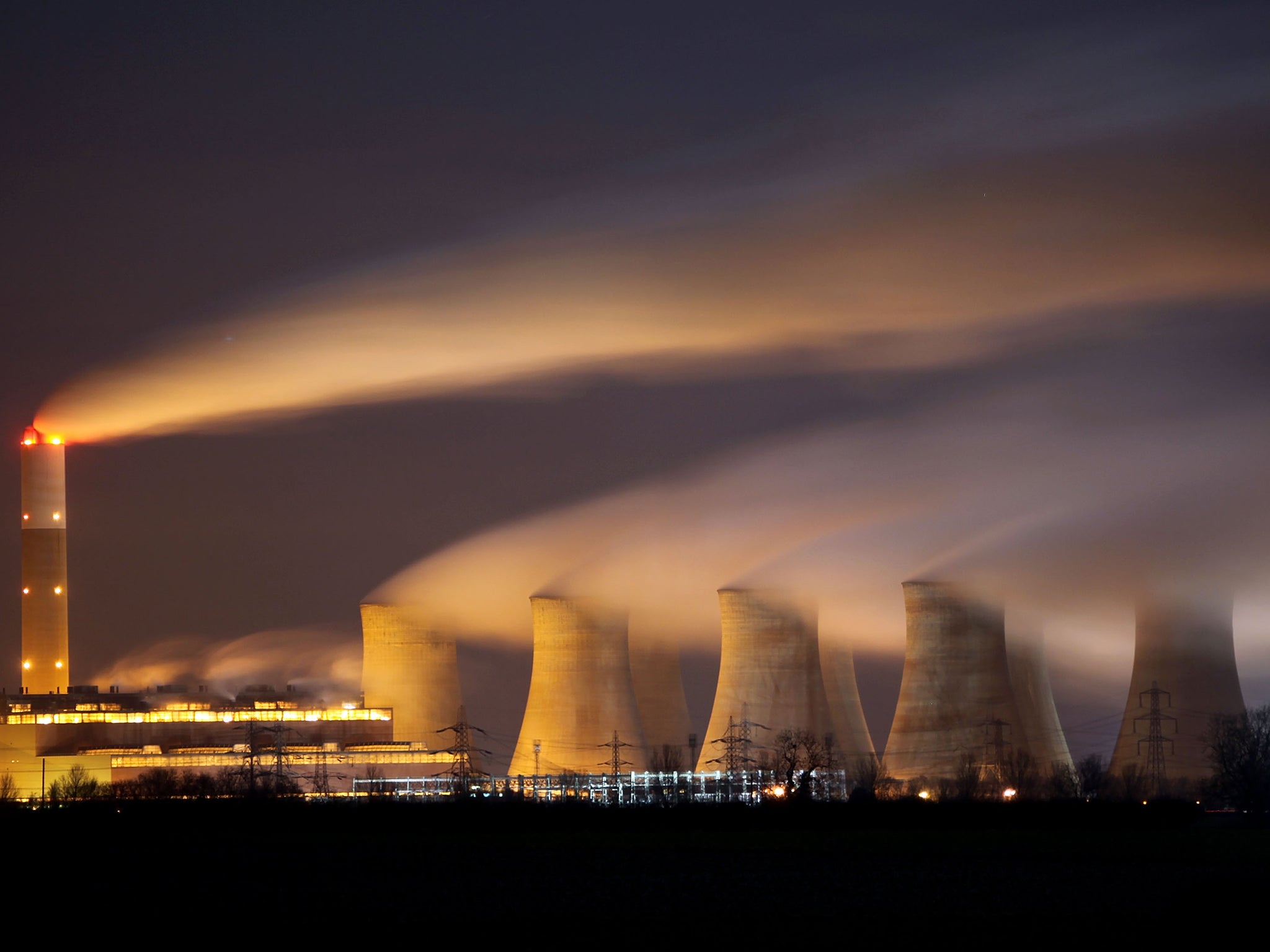Scientists to ‘fast-track’ evidence linking global warming to wild weather
Aim is to thwart sceptics from dismissing extreme event as 'natural weather variation'

Your support helps us to tell the story
From reproductive rights to climate change to Big Tech, The Independent is on the ground when the story is developing. Whether it's investigating the financials of Elon Musk's pro-Trump PAC or producing our latest documentary, 'The A Word', which shines a light on the American women fighting for reproductive rights, we know how important it is to parse out the facts from the messaging.
At such a critical moment in US history, we need reporters on the ground. Your donation allows us to keep sending journalists to speak to both sides of the story.
The Independent is trusted by Americans across the entire political spectrum. And unlike many other quality news outlets, we choose not to lock Americans out of our reporting and analysis with paywalls. We believe quality journalism should be available to everyone, paid for by those who can afford it.
Your support makes all the difference.Scientists are to challenge the climate-change sceptics by vastly improving the speed with which they can prove links between a heatwave or other extreme weather event and man-made changes to the atmosphere.
It typically takes about a year to determine whether human-induced global warming played a role in a drought, storm, torrential downpour or heatwave – and how big a role it played.
This allows climate sceptics to dismiss any given extreme event as part of the “natural weather variation” in the immediate aftermath, while campaigners automatically blame it on global warming.
By the time the truth comes out most people have lost interest in the event, the Oxford University scientists involved in the project say.
They are developing a new scientific model that will shrink to as little as three days the time it takes to establish or rule out a link to climate change, in large part by using highly accurate estimates of sea surface temperatures rather than waiting for the actual readings to be published – a process that can often take months.
“We want to clear up the huge amounts of confusion around how climate change is influencing the weather, in both directions. For example, the typhoon in the Philippines that dominated the UN climate change talks in Warsaw last November and that many people put down to climate change – it turned out it had no detectable evidence. And the same goes for Hurricane Sandy,” Dr Friederike Otto, of Oxford University’s Environmental Change Institute, told The Independent.
But there are plenty of other cases where climate change is likely to have been involved, she said. Examples include last year’s record heatwave in Australia – the severity of which an eminent scientist concluded this week “was virtually impossible without climate change” – and the flooding in the UK at the start of the year, which Dr Otto’s department has just established was made 25 per cent more likely by global warming.
“It’s very much like the kinds of risks we see in the health sector, with different levels of confidence in the role played by climate change depending on the situation.
“It’s like a weather autopsy. We know from rigorous scientific testing that smoking increases the likelihood of cancer and work out the conditional probability accordingly,” said Dr Heidi Cullen, chief scientist with Climate Central, an organisation in Princeton, New Jersey, that is also working on the project.
The group aims to have the new model up and running by the end of next year. In some weather events it may establish that there is no link, in others the connection may be weak or uncertain and in others it could be very strong, or almost definite, the group says.
“We hope to inject truth into the link between extreme weather and climate change at the point when it is top-of-mind, using a transparent and peer-reviewed methodology,” said Dr Cullen.
So far, scientists have found it easier to establish climate change links with natural hazards directly driven by temperature and rising seas, such as heatwaves or storm surges. But with floods and droughts, which are driven by rainfall, it is more difficult to establish a link, Dr Cullen said.
Research published this week, for example, could not come to a unanimous decision on whether the drought afflicting California had been exacerbated by human activity. However, it did conclude that regardless of the causes, the effects of the drought had been worsened by global warming. This is because whatever rain does fall in California tends to evaporate faster in the hotter climate, leading to drier conditions.
Join our commenting forum
Join thought-provoking conversations, follow other Independent readers and see their replies
Comments